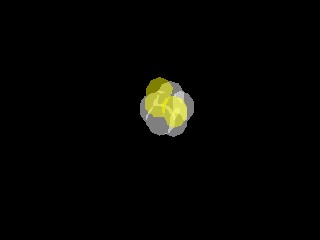






| Corpuscular (light particle or photon) simulation videos | |
 | Single slit |
 | Single Diffraction Grating |
 | Polarization (observe how beam direction matters) as reflection |
 | Total reflection |
 | Partial reflection |
 | Refraction as reflection |
 | Interesting double refraction |
 Each atom Prism 10
Each atom Prism 10


 atoms12_trans.avi
atoms12_trans.avi atoms13_trans.avi
atoms13_trans.avi atoms_r1_r10_13.avi
atoms_r1_r10_13.avi atoms_r1_200.avi
atoms_r1_200.avi star100x_planet_up_const.avi
star100x_planet_up_const.avi